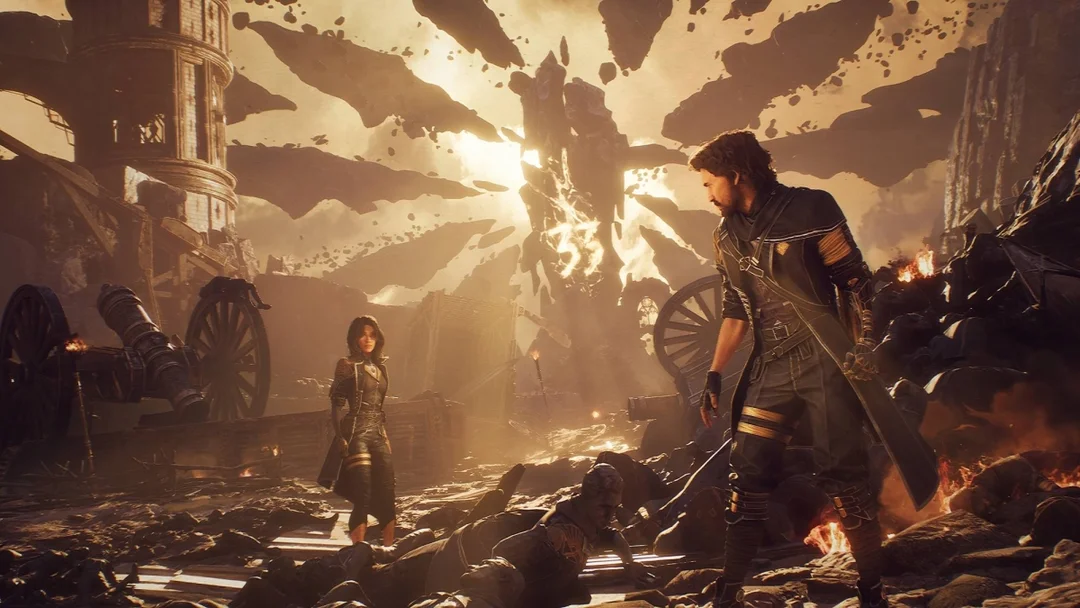
Clair Obscur: Expedition 33’s Unexpected Success Signals a Shift in the Gaming Landscape
Clair Obscur: Expedition 33 has taken the gaming world by storm, selling over 3.3 million copies and exceeding all expectations. This unexpected triumph raises a crucial question: Is the industry witnessing a resurgence of AA games and a redefinition of the JRPG genre? This article delves into the success factors behind Clair Obscur, its implications for developers, and the potential future of gaming.
Developed by the French studio Sandfall Interactive and published by Kepler Interactive, Clair Obscur stands out in a market saturated with AAA titles. Sandfall's COO and producer, François Meurisse, noted that the game's success "smashed our forecasts pretty fast." Why did this seemingly niche title resonate so strongly with players worldwide?
One key factor is the game's affordability and respect for the player's time. As Matthew Handrahan from Kepler Interactive pointed out, Clair Obscur "really respects the player's time...It doesn't have any sense of bloat or extraneous things that are put there just to make it larger and larger and larger." With a $50 price point, significantly lower than the rising cost of AAA games, Expedition 33 offers an impactful experience without demanding hundreds of hours of commitment. This approach aligns with a growing sentiment in the gaming community, as 2K's approach to Mafia: The Old Country suggests.
Kepler Interactive has been instrumental in Clair Obscur's success. Shuhei Yoshida, former president of Sony Interactive Entertainment Worldwide Studios notes, "They respect creativity and innovation in games, they have a very high standard in choosing games to publish, and they are very fun people to work with."

Another intriguing aspect is Clair Obscur's influence from Japanese role-playing games (JRPGs), despite being crafted by a European team. The game's setting, narrative, and gameplay mechanics draw heavily from the genre, yet it brings a fresh perspective and innovation that has resonated with players. This raises the question of whether the JRPG genre is evolving beyond its geographical origins.
The success of Clair Obscur also highlights a potential shift in the industry towards smaller, more focused teams. Sandfall Interactive aims to maintain a core team of fewer than 50 people, emphasizing quality and creativity over massive scale. Meurisse states, "That kind of size allows for good decisions and great creativity." This approach contrasts with the sprawling AAA development model, which often leads to bloated budgets, crunch culture, and layoffs.
Despite the initial online backlash concerning the pricing, Kepler stuck with their decision, doubling-down on the message that this wasn't a AAA title to attract more attention to the game. This resulted in what Meurisse calls a "win-win situation"
The future looks bright for Sandfall Interactive and Kepler Interactive. With plans for a follow-up game already underway, the team aims to build on the success of Clair Obscur and continue pushing the boundaries of creativity and innovation in the gaming industry. "I can't wait to dig more into the ideas we already have for the next game," says Meurisse. As Kepler builds its brand around high-quality, visionary games it is something that Handrahan thinks other publishers could, and should, imitate since this is a niche in the market.
Clair Obscur: Expedition 33's success serves as a beacon of hope for smaller studios and a testament to the power of originality, affordability, and respect for the player's time. Is this the beginning of a new era for gaming, one where AA titles and innovative indie projects can thrive alongside the AAA giants? Share your thoughts in the comments below!